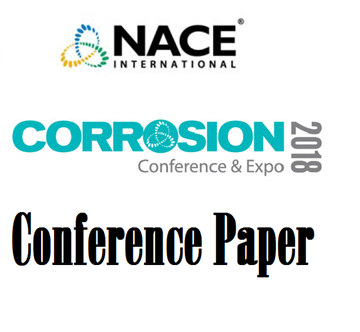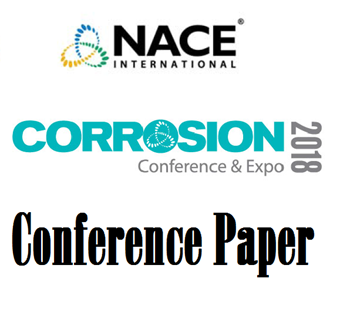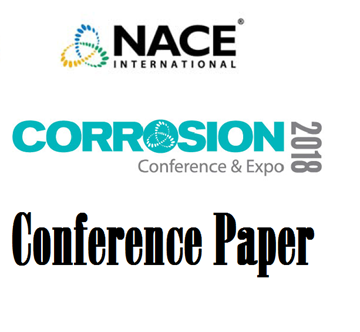Search
51318-11279-Electrochemical Methods to Quantify Alloy Waste Form Degradation
Also Purchased
51318-11273-Repassivation behavior of lean duplex stainless steels in chloride and thiosulfate environments
Product Number:
51318-11273-SG
Publication Date:
2018
$20.00
51318-11284-A New Bimetallic Solution To Manage Corrosion In Nitric Acid Plants
Product Number:
51318-11284-SG
Publication Date:
2018
$20.00
51318-11268-Room Temperature Gas Charging to Achieve Test Pressures at Temperature
Product Number:
51318-11268-SG
Publication Date:
2018
$20.00




